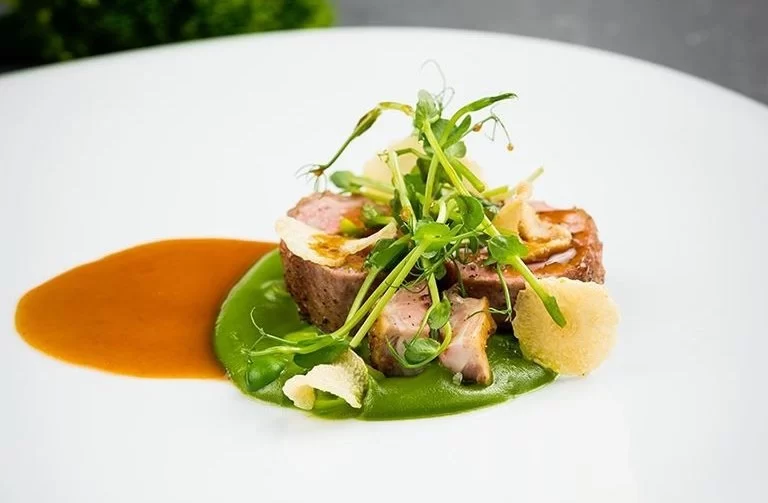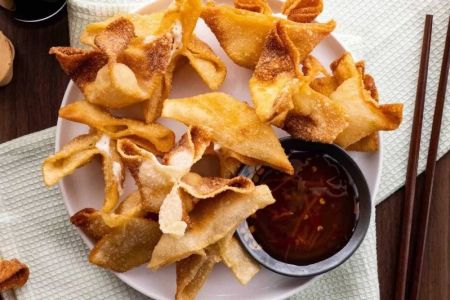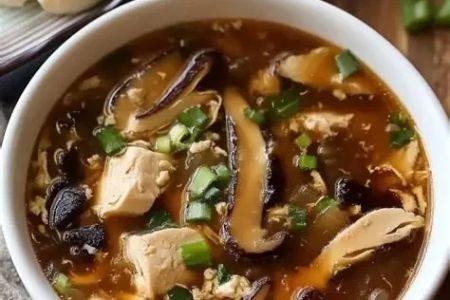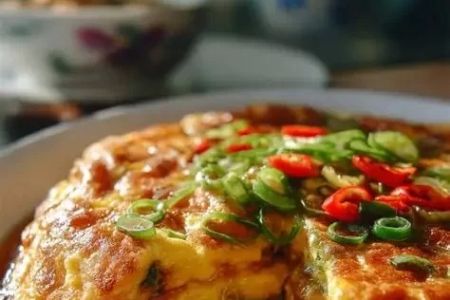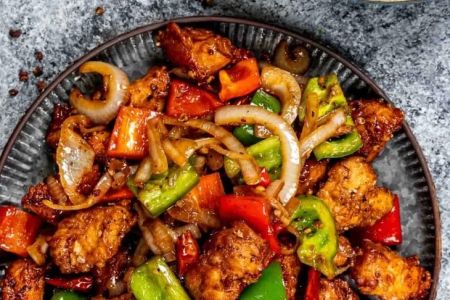- what-the-michelin-guide-really-means
- the-evolution-of-chinese-cuisine-in-america
- criteria-for-michelin-guide-s-recognition
- breakthrough-moments-for-chinese-restaurants-in-the-us
- what-michelin-recognition-means-for-chinese-chefs
- the-cultural-impact-of-michelin-on-chinese-dining
- explore-authentic-flavors-with-chinese-food
1. What the Michelin Guide Really Means
To many food lovers, a mention in the Michelin Guide is the culinary world’s highest stamp of approval. But what exactly does it mean? Especially when it comes to recognizing Chinese restaurants in America, the Guide serves not only as a badge of excellence but also as a cultural milestone. Understanding the Michelin Guide’s recognition of Chinese restaurants in America starts with knowing what the stars—and even a simple Bib Gourmand—signify.
1.1 Beyond Stars: A Symbol of Credibility
Michelin’s stars aren’t just about luxury—they’re about quality, consistency, and depth of flavor. When a Chinese restaurant is recognized, it’s not only a nod to its kitchen’s technical excellence but often to a chef’s ability to balance tradition with creativity.
1.2 Global Lens, Local Flavor
What makes the Guide especially relevant is its global perspective. A Chinese restaurant in New York or San Francisco might be evaluated under the same lens as one in Paris or Hong Kong—pushing boundaries in authenticity and refinement.
2. The Evolution of Chinese Cuisine in America
To understand how Michelin recognition fits into the bigger picture, one must appreciate the transformation of Chinese cuisine in the U.S. From early immigration waves and adaptation to local tastes, to today’s nuanced interpretations of regional Chinese dishes, the story is one of resilience and reinvention.
2.1 From Chop Suey to Chengdu
American Chinese food once leaned heavily on simplified recipes and sweet sauces. But in the last two decades, there's been a culinary awakening. Chefs are now proudly highlighting regional styles like Hunan, Sichuan, or Cantonese with authenticity, precision, and artful presentation.
2.2 Rise of the Chef-Owner
Many Michelin-recognized Chinese restaurants in America are led by second-generation immigrants or chefs trained in both Chinese and French culinary traditions. This unique blend of identity and technique adds depth to every plate.
3. Criteria for Michelin Guide’s Recognition
The Guide is notoriously discreet about its exact process, but the five core values are widely known: ingredient quality, mastery of cooking techniques, personality of the chef in the cuisine, value for money, and consistency.
3.1 Challenges for Chinese Cuisine
One challenge has been adapting these criteria to a cuisine where complexity may lie in subtlety rather than flamboyance. Think of a well-balanced bowl of beef noodle soup—it may not look intricate, but its broth might take two days to perfect.
3.2 Celebrating Precision and Soul
What sets Michelin-recognized Chinese establishments apart is their ability to capture not just flavor, but a sense of place. A masterfully made Xiao Long Bao or an elevated mapo tofu can speak volumes through texture, heat, and harmony.
4. Breakthrough Moments for Chinese Restaurants in the U.S.
Recognition has come in waves, often led by iconic restaurants that challenged stereotypes and set new standards.
4.1 Benu in San Francisco
Chef Corey Lee’s Benu is a landmark example—a Michelin three-star restaurant that fuses Korean and Chinese flavors with American ingredients. His approach helped bridge the gap between tradition and modern innovation.
4.2 Imperial Treasure and Others
Restaurants like Mister Jiu’s, The Chairman, and Flower Drum (though based in Australia) have all shown how Chinese cuisine, when respected and reinvented, commands attention from global critics.
4.3 A More Inclusive Future
More recent recognitions, including smaller, family-owned spots with Bib Gourmand ratings, show that the Michelin Guide is increasingly open to honoring authenticity and story—not just luxury.
5. What Michelin Recognition Means for Chinese Chefs
For Chinese-American chefs, a Michelin star isn’t just an award—it’s a cultural vindication. It validates their identity, their motherland’s cuisine, and their place in the modern culinary scene.
5.1 Preserving While Innovating
Chefs like Brandon Jew (Mister Jiu’s) emphasize using locally sourced ingredients to reinterpret heritage dishes. Michelin recognition allows them to stay rooted in culture while speaking to a modern, diverse audience.
5.2 Overcoming Stereotypes
Historically, Chinese food in the West was seen as cheap and fast. Recognition from Michelin has helped shift that narrative, proving that Chinese cooking can be refined, elevated, and globally influential.
6. The Cultural Impact of Michelin on Chinese Dining
The impact extends beyond restaurants. For diners, Michelin recognition draws attention to underappreciated cuisines and offers a chance to experience Chinese food in a new light—sometimes for the first time.
6.1 Raising Curiosity
As more Chinese restaurants earn stars or mentions, diners become more curious about the regions, ingredients, and stories behind the food. This fuels a deeper appreciation of Chinese culinary diversity.
6.2 Spotlight on Craftsmanship
Recognition inspires other restaurants to aim higher—focusing more on technique, sourcing, and storytelling. It's no longer just about satisfying hunger, but about offering a cultural experience.
7. Explore Authentic Flavors with Chinese Food
If reading about the Michelin Guide’s recognition of Chinese restaurants in America has sparked your appetite, consider exploring flavors curated with care and tradition through Chinese Food. Whether you're searching for iconic dishes, unique regional specialties, or Michelin-inspired creations, we help connect you to restaurants and services that celebrate the essence of real Chinese cuisine.
7.1 More Than a Meal
Each dish is an invitation—to taste history, to appreciate complexity, and to support a culinary legacy that’s finally receiving the recognition it deserves.


